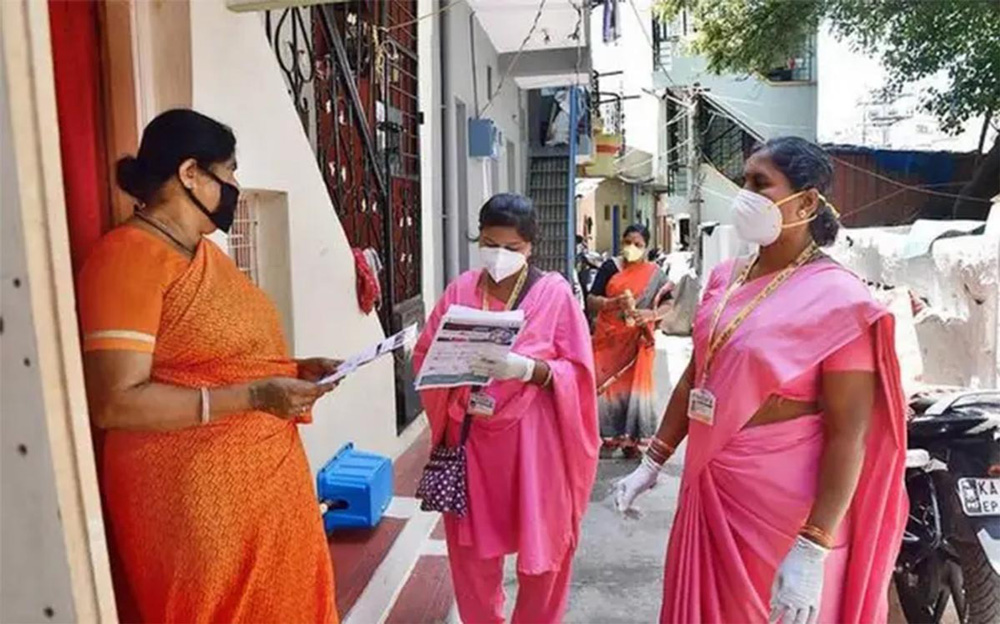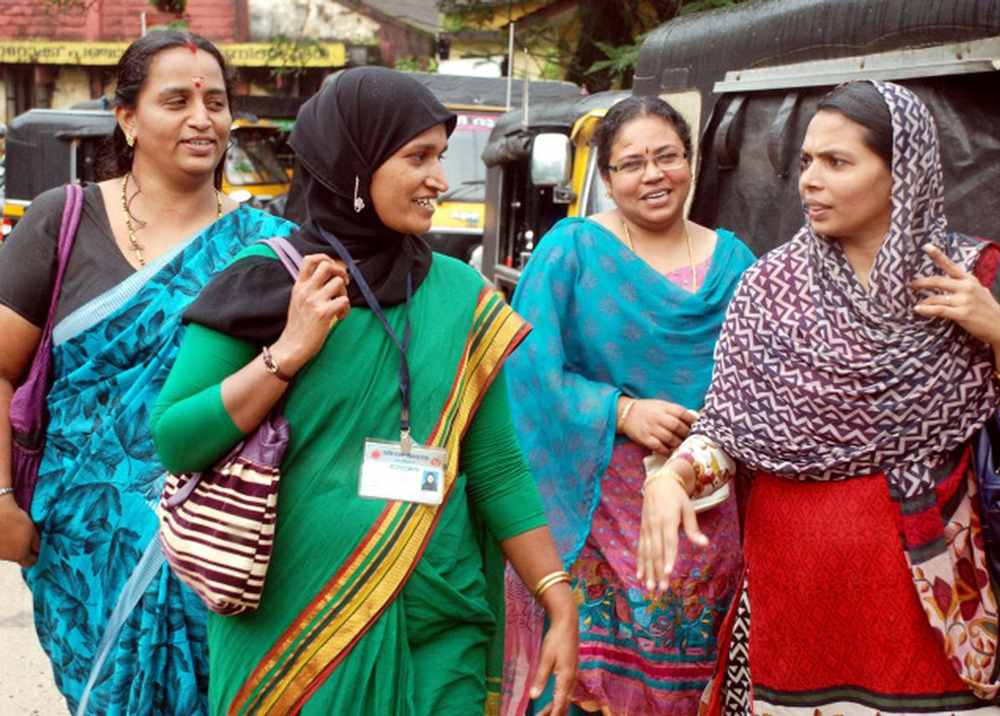Neglected Tropical Diseases (NTDs) continue to affect millions in India, often silently shaping lives in rural and underserved communities. While men show a higher overall prevalence of these diseases, research indicates that women shoulder a far greater long-term health and socioeconomic burden. Biological factors, gender roles, and family responsibilities make them more vulnerable — and when illness strikes, the impact is often compounded by stigma and isolation.
Take lymphatic filariasis (LF), for instance. The visible swelling and disfigurement caused by the disease not only affect physical health but also lead to social exclusion, particularly for women. This double burden highlights why gender-sensitive strategies are vital in tackling NTDs.
Yet, in an inspiring shift, women are also at the forefront of India’s war against these diseases. From shaping policy in government corridors to serving as the backbone of community healthcare, women are driving systemic change that could redefine the nation’s health landscape.

At the highest level, women leaders are central to India’s NTD elimination strategies. Within the Ministry of Health and Family Welfare, women play key decision-making roles, ensuring that policies are both inclusive and grounded in evidence.
A flagship example is the Mission Mode Mass Drug Administration (MDA) campaign targeting LF. The initiative prioritises household-based drug delivery, and its success has been amplified by the leadership of women health workers who carry trust and credibility within communities.
On the Frontline: ASHAs and ANMs
Policy may set the direction, but it is frontline workers who turn vision into reality. Accredited Social Health Activists (ASHAs) and Auxiliary Nurse Midwives (ANMs) act as the first point of contact for millions. Their role extends beyond distributing medication — they fight misinformation, encourage compliance, and combat the stigma surrounding NTDs.
During MDA campaigns, nearly 85% of beneficiaries reported awareness of the programme, with 90% crediting ASHAs as their main source of information. Their ability to build trust has been pivotal. Beyond prevention, these women also provide long-term care through Morbidity Management and Disability Prevention (MMDP) clinics, where they guide patients in managing chronic conditions such as lymphedema.
Women Mobilising Women: The Role of Self-Help Groups
Beyond health workers, women-led grassroots movements are reshaping the fight against NTDs. Self-Help Groups (SHGs) have emerged as powerful agents of change, ensuring households take anti-filarial medicines, promoting better sanitation, and tackling misinformation head-on.
In Bihar alone, over 4.2 million women from SHGs participated in an MDA programme. Their efforts not only improved compliance but also created a culture of health ownership within communities. By working alongside government bodies and local influencers, these groups amplified the reach of interventions and ensured sustained change.

India’s approach to NTD elimination is more than a health programme — it is a movement powered by women. From shaping national policy to leading grassroots action, women are ensuring the response is inclusive, effective, and deeply connected to community needs.
This model demonstrates that empowering women is not just about equity; it is about impact. Their leadership has turned health interventions into community-driven missions, setting a global example for how gender-responsive approaches can transform public health.